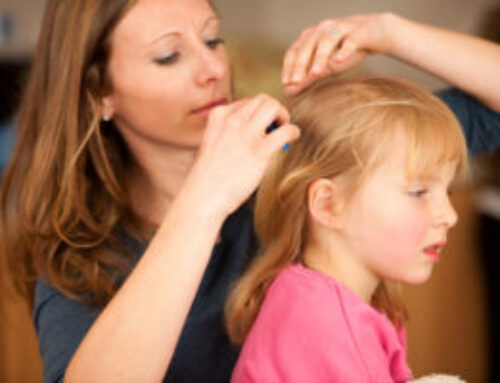As the sun begins to shine brighter and temperatures soar, families across the globe eagerly anticipate the arrival of summer. With children eager to jump into pools, lakes and oceans, it’s crucial for parents to be aware of the silent danger that lurks beneath the water’s surface. Drowning, often misunderstood as a loud and dramatic event, is, in fact, a silent killer. In this blog, we will explore the silent nature of drowning and provide essential tips for parents to protect their children this summer.
The Silent Threat of Drowning
Contrary to popular belief, drowning is a quiet and stealthy occurrence. It lacks the splashing, yelling and cries for help often portrayed in movies and television shows. When a person is drowning, they are often unable to call for assistance or wave their arms frantically. Instead, their body instinctively focuses on gasping for air, leaving them unable to make much noise or signal for help effectively.
Key Indicators of Drowning
Recognizing the subtle signs of drowning can help parents intervene swiftly and potentially save a life. Here are some key indicators to look out for:
- Quietness: Drowning victims are often unable to shout or scream due to their efforts to breathe.
- Bobbing Up and Down: Drowning individuals may bob up and down in the water with their head tilted back, struggling to keep their mouth above the surface.
- Glassy Eyes: The person’s eyes may appear empty, with a blank or glassy stare.
- Vertical Body Position: A drowning victim will have their body positioned vertically in the water, with little or no leg movement.
- Gasping for Air: The individual may be gasping for breath or trying to hyperventilate.
- Inability to Call for Help: They may not be able to speak or call out for assistance due to their breathing difficulties.
Tips to Protect Children from Drowning
Now that we understand the silent nature of drowning, let’s explore some essential measures parents can take to ensure the safety of their children this summer:
- Constant Supervision: Always provide vigilant supervision when children are near bodies of water, including pools, lakes, and even bathtubs. Never leave a child unattended, even for a moment.
- Learn CPR and Water Rescue Skills: Enroll in a CPR and water rescue course to equip yourself with life-saving skills in case of an emergency.
- Establish Water Safety Rules: Set clear guidelines for your children when it comes to swimming, including no running around the pool, no diving in shallow water, and no swimming alone.
- Install Barriers and Alarms: Install proper barriers such as fences and gates around pools to restrict access and consider using pool alarms to alert you if someone enters the water.
- Teach Swimming Skills: Enroll your children in swimming lessons taught by certified instructors. Learning to swim can greatly reduce the risk of drowning.
- Use Life Jackets: Ensure that children wear properly fitted life jackets when boating or participating in water sports, especially if they are not strong swimmers.
- Educate Children on Water Safety: Teach your children about the potential dangers of water and the importance of never swimming alone or without adult supervision.
At Beach Kids Pediatrics, we want your children to be safe throughout all of their activities. Unless your child is a strong swimmer, we encourage you to have them wear a life jacket while swimming. Don’t let them stray too far out at the beach, and always be close at hand to help them when needed. By following good safety habits, you and your children can enjoy your time swimming without any worries at all.





